Thank you for taking the time to let us know you will not be publishing the recent press release from our service. We are always looking for ways to improve the service, so if you have time, can you please answer a few questions.
Dear Newspaper Colleagues,
I’m writing to you seeking your support for a bill that will help local journalism exist and transition during a time of COVID-19.
The Local Journalism Sustainability Act is bi-partisan legislation providing an assist, not a hand out, to key local stakeholders that directly support local journalism.
U.S. Representatives Ann Kirkpatrick (D-Arizona) and Dan Newhouse (R-Washington) are the chief co-sponsors of this legislation, which I believe is part of the solution to remedy the very dire situation facing local journalism.
At this point I’m asking you to personally pick up your phone, email and communicate with your lawmakers and ask them directly to take a leadership role on this bill and sign up as an original co-sponsor.
In addition to state press associations, this bill is also supported by: News Media Alliance, National Newspaper Association, America’s Newspapers, Report for America and Rebuild Local News Coalition
Below you will find a link to a sample email containing talking points for a phone call or email that I am asking you to make/send to your Congressional representatives. You also will find the Dear Colleague email that was sent by Reps. Kirkpatrick and Newhouse to members of the House of Representatives, as well as contact information for Congressional representatives.
Dear Colleague email sent to Members of Congress by Reps. Kirkpatrick and Newhouse
Sample email that you can send to your representatives (or talking points for a phone call)
Find contact information for your Congressional representatives here
This legislation is well thought out, comprehensive and provides the bridge for journalism to achieve a stable footing in a digital reality. It will help newspapers deal with the impacts of COVID-19 … and every provision of the bill sunsets in a few years.
As you will note, this legislation drives three key stakeholders that support the ecosystem of local journalism — citizens, business owners and journalists.
We have approximately one week to get members of the House of Representatives — your congressman or woman — on board as a lead sponsor of the legislation. We need a broad group of Republicans and Democrats to support this important bill — right out of the gate — so that we can demonstrate to the Congressional leadership that this is a serious legislative endeavor.
Please do not hesitate to email or call with questions.
Thank you in advance for your efforts on this … your voice matters here as does the critical work our institutions perform.
Linda Conway, Executive Director
New England Newspaper & Press Association
(781) 281-7648
l.conway@nenpa.com


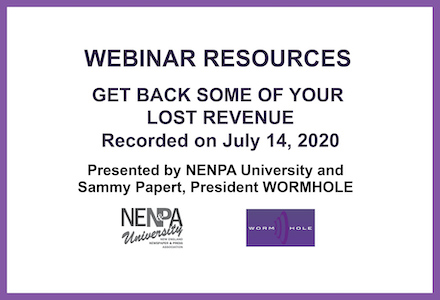
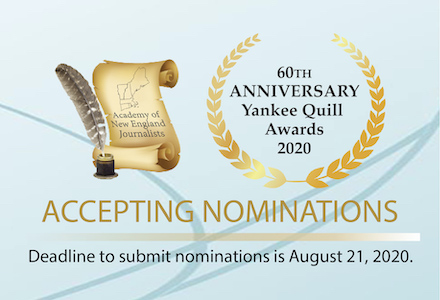

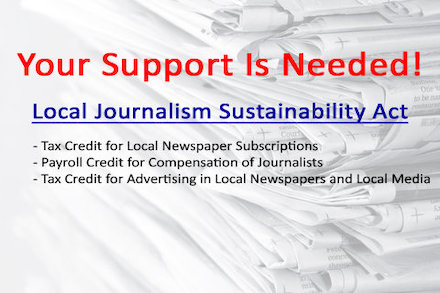
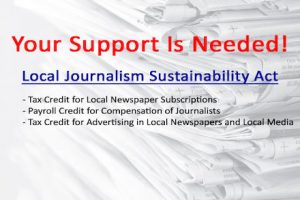

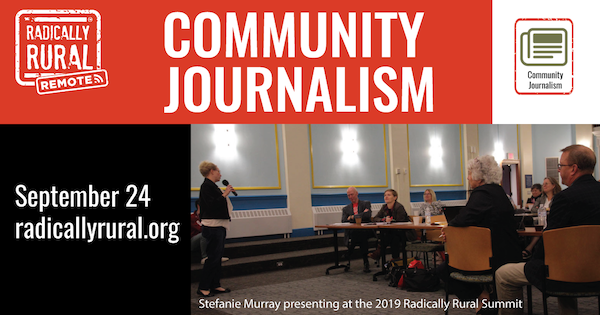
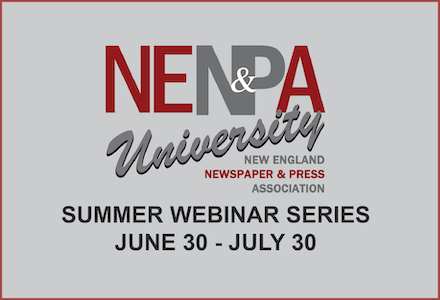

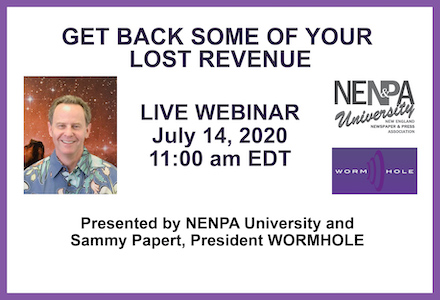

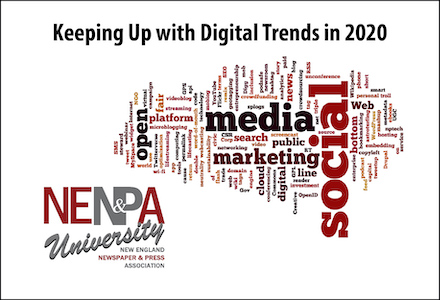
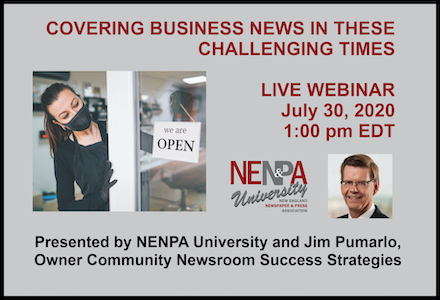
Applications for New England First Amendment Institute Now Available
Applications are now open for the New England First Amendment Coalition’s, tuition-free, First Amendment Institute in investigative journalism, awarded to 25 working journalists within the region annually.
This is the 10th anniversary of this exclusive investigative reporting program that began in 2011.
The program will run September 26 to October 3, 2020 and the application deadline is August 15, 2020.
It includes workshops and presentations featuring some of the country’s most elite investigative reporters, editors and media attorneys.
More than 225 journalists from about 100 local news organizations have benefited from the New England First Amendment Institute since it started.